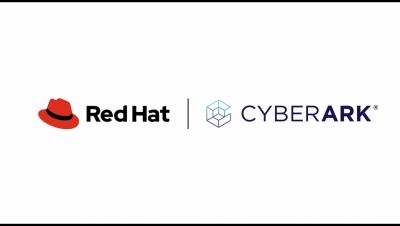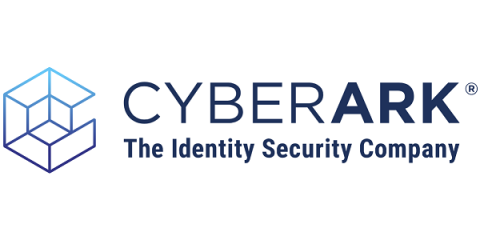Security | Threat Detection | Cyberattacks | DevSecOps | Compliance
May 2023
EP 28 - Safeguarding Data in the Cloud
In this episode of the Trust Issues podcast, host David Puner interviews Brad Jones, CISO and VP of Information Security at Seagate Technology. They delve into cloud security challenges, including protecting data in a constantly shifting technological landscape. Jones discusses the importance of establishing trust as a data company and implementing rigorous controls to safeguard sensitive information.
Red Hat and CyberArk Develop an Approach To Centralize and Automate Secrets Management
The Seven Types of Non-human Identities to Secure
Non-humans are everywhere these days. Sure, you’ve seen the much-deserved hype about how AI-powered tools like ChatGPT are going to change everything. But there are plenty of more mundane non-human entities that you interact with in your daily life: the smart thermostat program that knows to cool down your house at a certain time every day, the application on your phone that suggests directions to a place you’ve searched for, and many others.
How to Write a PoC for an Uninitialized Smart Contract Vulnerability in BadgerDAO Using Foundry
In this post, we’re going to learn how Foundry can be used to write a proof of concept (PoC) for uninitialized smart contract vulnerabilities. We will take a look at and exploit a simple uninitialized smart contract vulnerability we found in BadgerDAO. If you are familiar with this type of vulnerability, jump straight to the Foundry PoC section. You can also find the PoC code on this GitHub repository.
Overcoming Healthcare EHR Access Hurdles
Healthcare cyberattacks are increasing in “frequency, severity and sophistication,” said Nitin Natarajan, U.S. Cybersecurity and Infrastructure Security Agency (CISA) deputy director, in his recent HIMSS23 Healthcare Cybersecurity Forum keynote. Attacks on hospitals have surged by 86% since 2021, with the average healthcare organization experiencing two or more ransomware attacks in the past year. “And this is going to continue to increase,” Natarajan warned.
EP 27 - How Identity Factors into DevSecOps
In today’s Trust Issues episode, Dusty Anderson, a managing director of Global Digital Identity at the consulting firm Protiviti, digs into all things DevSecOps and cautions against a one-size-fits-all approach. In conversation with host David Puner, Anderson emphasizes the significance of strategic planning and well-defined goals – demonstrating how bite-sized steps can add up to major security wins and bottom-line benefits over time.
White Phoenix: Beating Intermittent Encryption
Recently, a new trend has emerged in the world of ransomware: intermittent encryption, the partial encryption of targeted files. Many ransomware groups, such as BlackCat and Play, have adopted this approach. However, intermittent encryption is flawed. In this blog post, I will introduce White Phoenix, a tool my team built that takes advantage of the fact that those files aren’t entirely encrypted and can, in the right circumstances, salvage some content from the unencrypted parts of the files.
How to spot a deep fake? #shorts
Bad Droid! How Shoddy Machine Security Can Topple Empires
The need for strong identity security protocols for humans has been a given for years. Your organization likely has multiple layers of controls to ensure that access to sensitive assets is limited to those that need it. But a certain large, global (well…multi-global) organization that comes to mind on this May the Fourth also had layers of human identity controls that adhered to the principles of least privilege.
Fantastic Rootkits and Where to Find Them (Part 2)
In the previous post (Part 1), we covered several rootkit technique implementations. Now we will focus on kernel rootkit analysis, looking at two case studies of rootkits found in the wild: Husky Rootkit and Mingloa/CopperStealer Rootkit.Through these case studies, we’ll share our insights about rootkit analysis techniques and methodology.
Assess Insider Threats by Asking 6 Key Questions
The people closest to your business can sometimes cause the most damage. Yet while top-secret data leaks are headline news today, most insider threats are well-intentioned people who just screw up.










